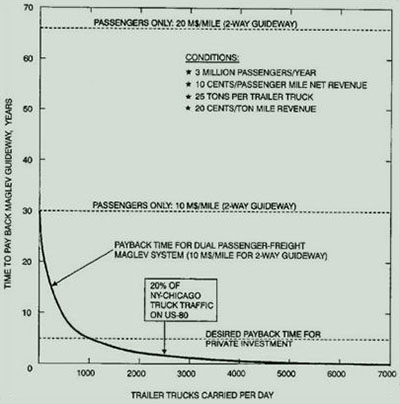
Importance of Guideway Design
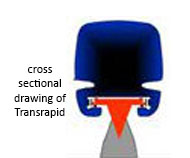
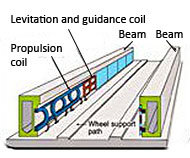
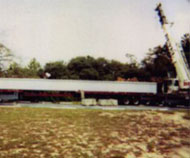
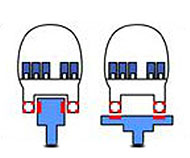
U.S. MagneticGlideTM
Guideway
Uses repulsive magnetic force from zero energy loss super-conducting quadrupole magnets that permit heavier cargo, electronic switching, and operations on planar track.
• Magnetic fields in passenger
cabin do not exceed natural
earth field.
• Large air gap (4-6 inches.)
inherently strongly stable.
• No weather or seismic issues. • Low construction cost.
German Guideway
Uses attractive magnetic force from energy consuming conventional electromagnets. Ultra-engineering tolerances and rapid servo control of magnet current required to counteract instability of narrow air gap (1/2 inch).
• Weather and seismic issues.
• Very expensive construction
cost.
Japanese Guideway
Uses repulsive magnetic force from zero consuming superconducting dipole magnets. Magnetic fields in passenger cabin substantially exceeds natural earth field. Large air gap (4-6 inches).
• Inherently stable.
• U-shape Guideway is sensitive
to snow and ice conditions.
• Very expensive construction
costs.
Maglev 2000 Narrow Beam Guideway
• Full Length (72 foot) Prototype
Narrow Beam Manufactured in
New Jersey.
• Reinforced Concrete Hollow Box
Beam w/Post Tensioning Cables.
• $40,000 cost for first unit;
Projected to be $20,000 in large
scale production.
• Projected to cost Approximately
$4M per Mile (2- Way
Guideway).
• Supports 100,000 lb vehicle with
1/4 inch Mid Span Deflection.

MagneticGlideTM Interstate Freight Carrier Return on Investment is Very Competitive
• Reduce oil imports and trade deficits.
• Save lives and cut health care costs by reducing traffic fatalities and injuries. • Enhance logistics for Defense and Homeland Security.
• Reduce highway and local street maintenance costs by reducing wear and
damage by trucks.
• Reduce fiscal deficits by lower petroleum prices, lower inflation, and greater
productivity in transporting goods and people.
• Enhance environment and health by reducing pollution.
• Increase the export of U.S. manufactured goods.
Click here to return to Features Page
